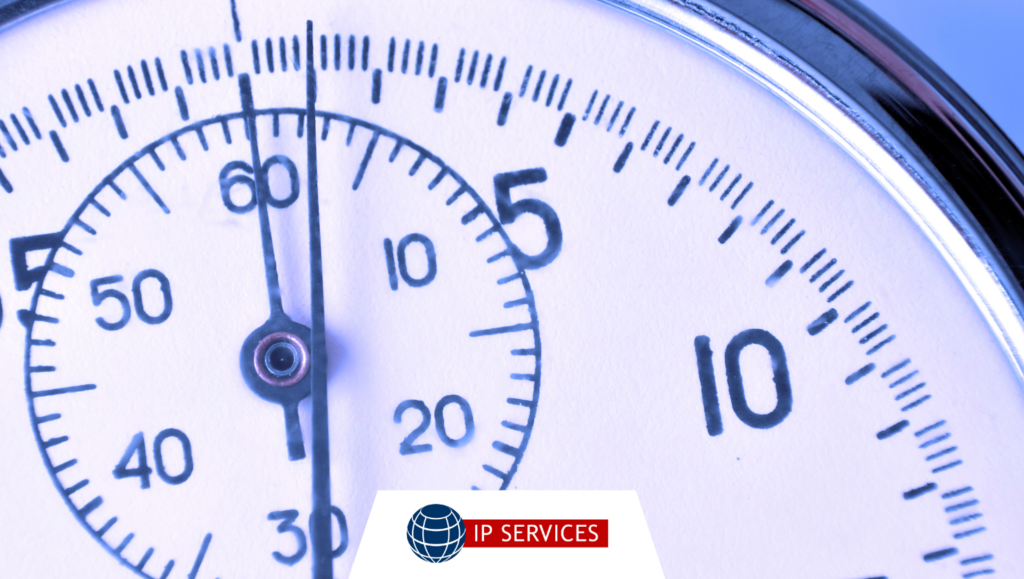
The 60-Second Breach: Why Real-Time Detection Isn’t Optional Anymore
How long does it take to compromise a network?
If you’re imagining hours or even days of slow, stealthy movement, think again. Today’s cyberattacks are fast. Really fast. Many unfold in less than a minute from initial access to data exfiltration or ransomware deployment. That’s the 60-second breach.
And if your detection and response capabilities lag behind, you’re not just behind the curve…you’re already breached.
Why 60 Seconds Matters
An attacker can launch an exploit, escalate privileges, scan your network, and access critical systems all in the time it takes you to grab a cup of coffee. Even if your team spots the breach a few minutes later, it may be too late to stop the worst damage.
Real-Time Detection Is No Longer a Luxury
To defend against modern attacks, businesses need to:
- Monitor for behavior anomalies as they happen
- Act on early signals instead of waiting for confirmation
- Move from passive alerting to active containment
Real-time detection isn’t just about technology…it’s a mindset. It means building security operations that assume attacks will happen, and equipping teams to respond within seconds, not hours.
Don’t Let Time Be Your Weakness
If you’re still relying on overnight scans or delayed notifications, it’s time to rethink your strategy. Visibility and response speed are now critical to survival.
At IP Services, we work with businesses to close the detection gap and turn insights into action.
